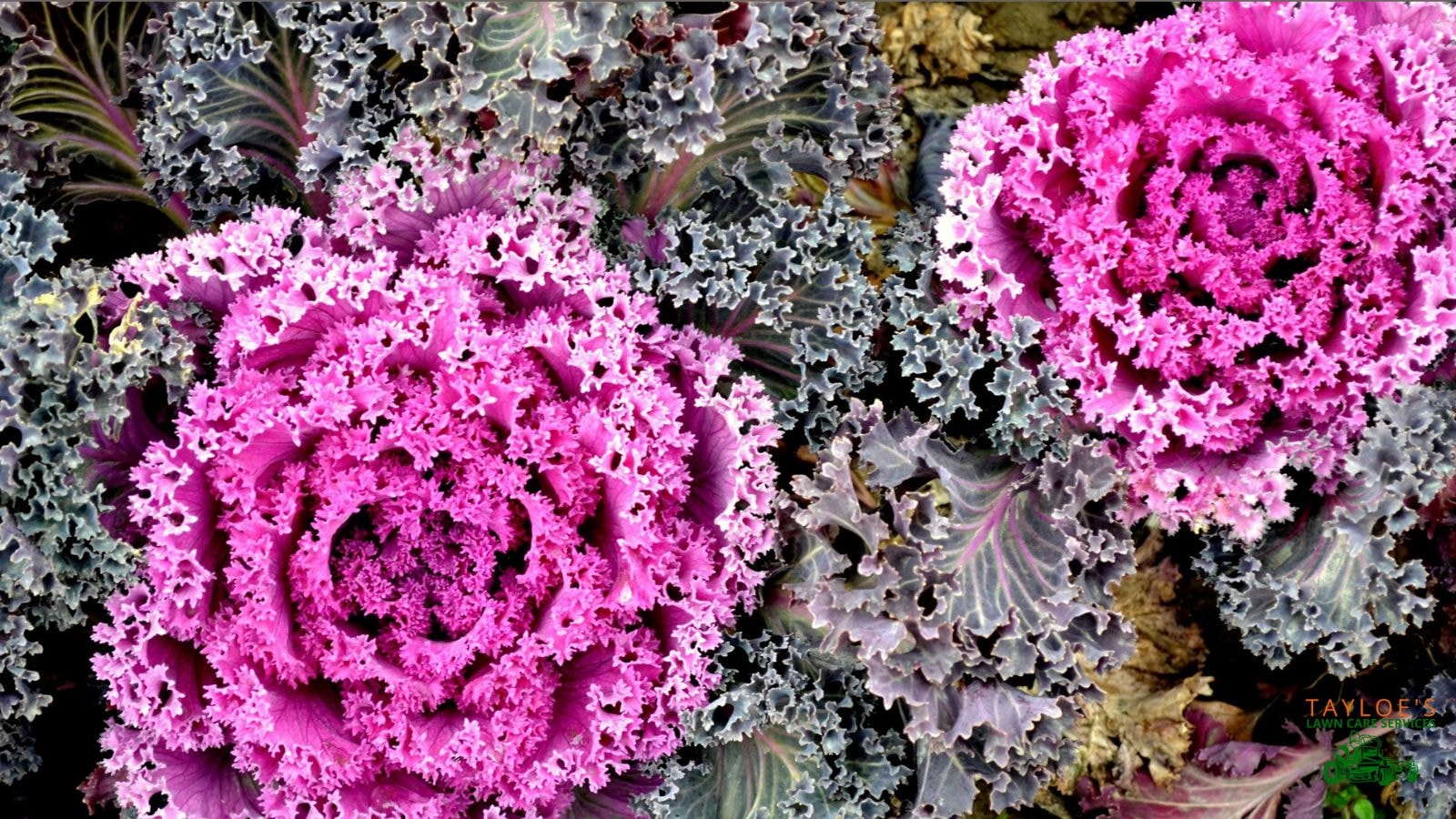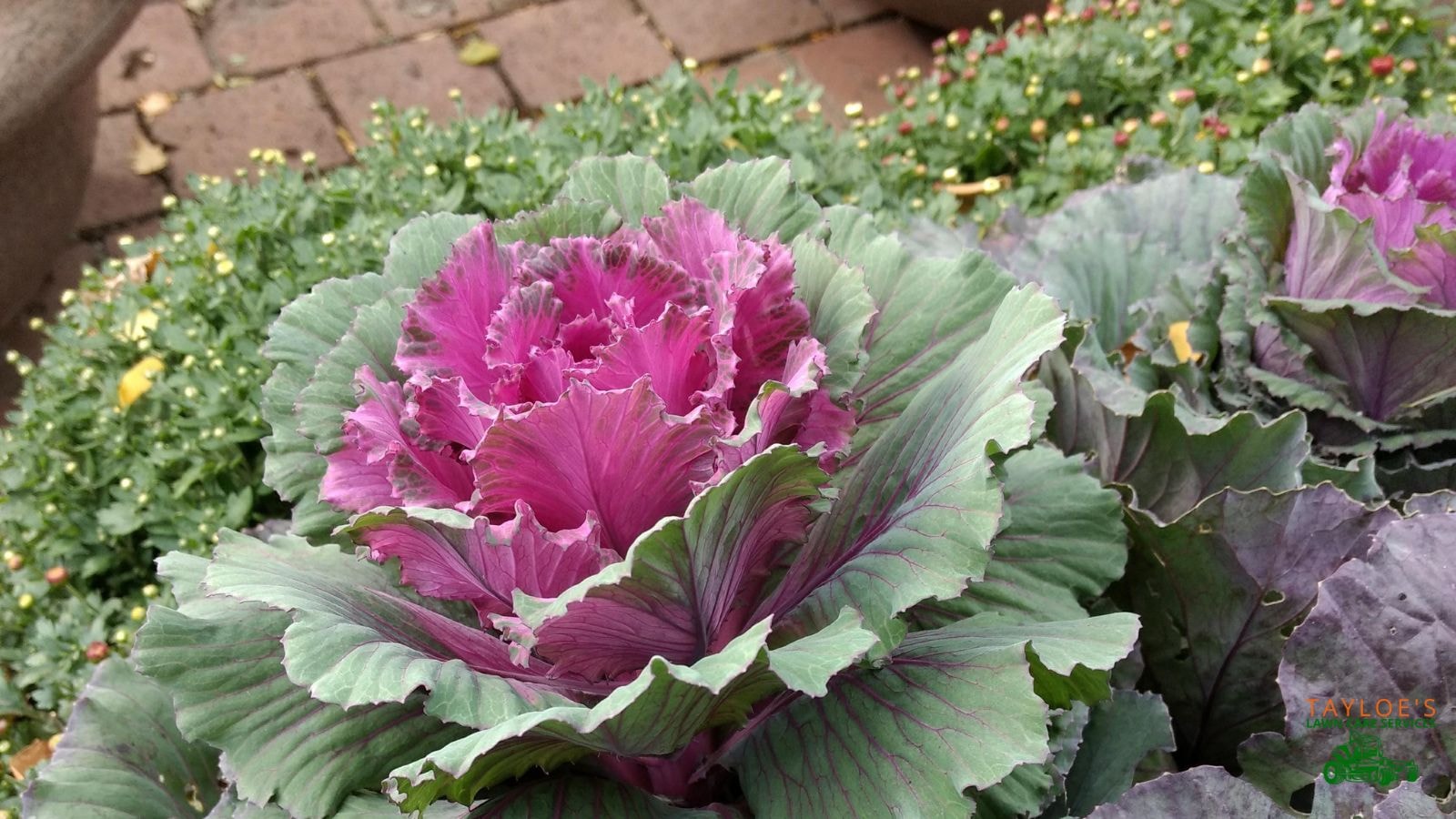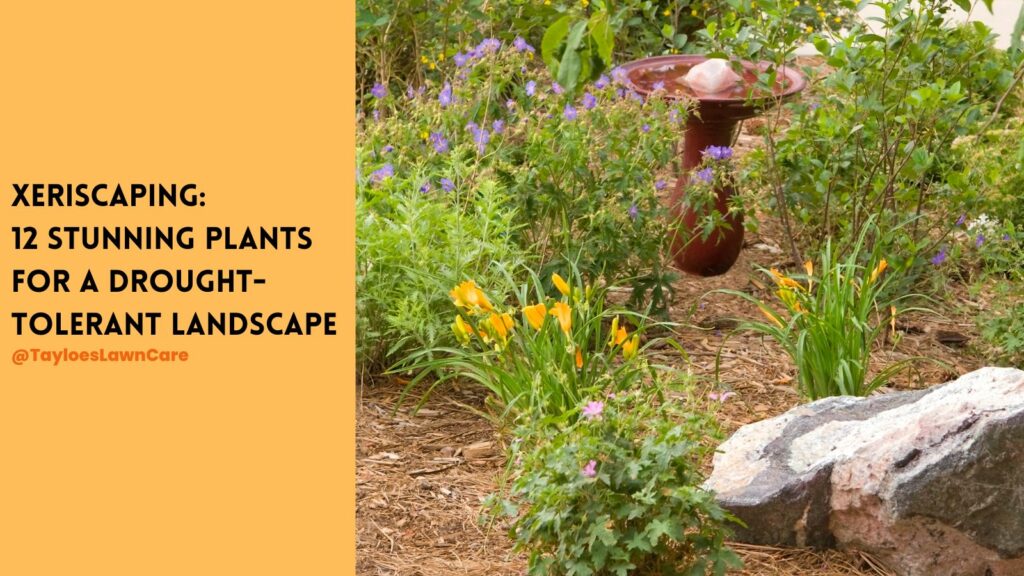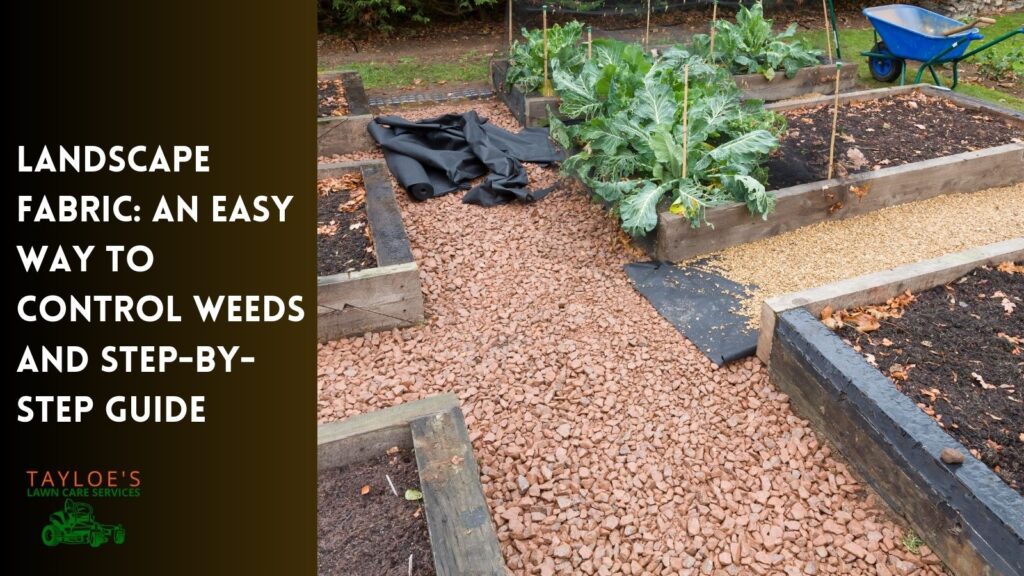Last Updated on: 10th September 2024, 09:34 am

The colorful leaves of kale + ornamental cabbages dress up the fall garden.
Ornamental cabbage and kale are stunning cool-season annuals that add color to fall gardens. As the summer flowers fade, these beauties step in with their vibrant, textured leaves, transforming beds and containers into colorful displays.
With hues ranging from creamy whites to vivid pinks, purples, and reds, ornamental cabbages create striking contrasts. They’re prized primarily for the autumnal palette and serve as colorful additions to any fall arrangement.
What Are Ornamental Kale and Cabbages?
Ornamental cabbage and kale are the same species (Brassica oleracea) as edible cabbages, broccoli, and cauliflower but bred specifically for their decorative foliage.
These plants boast broad, smooth leaves or frilly, ruffled edges in various colors, from white to pinks, purples, and reds. They’re ideal for mass plantings or as individual focal points in the garden.
Popular varieties include Osaka Pink, Osaka Red, Coral Prince, and Coral Queen, each offering unique color combinations and forms. Some varieties, like Pigeon Purple Kale, provide deep purple hues that add a rich, vibrant touch to the fall landscape.
Compact options like Glamour Red are perfect for smaller spaces, while taller varieties like Crane or Pigeon Kale grow approximately 12-18 inches tall. These varieties are widely available in the horticultural trade, known for their adaptability and vibrant color palettes.
Growing Conditions for Ornamental Cabbages
Grow ornamental cabbages in cool weather conditions for the best color and form. Start them from seed in mid-summer or purchase transplants for a stunning fall display.
These plants thrive when temperatures drop, with their colors becoming more vivid in cooler conditions, especially when it’s below 50°F. Purple and red shades often intensify in cold weather, enhancing their ornamental appeal.
Depending on your local climate, flowering kale or cabbage requires full sun to partial shade and prefers well-drained soil with a slightly acidic pH. If planting them in containers, ensure adequate drainage to prevent waterlogged soil, which can lead to root rot.
Check with a local Master Gardener if that doesn’t solve the problem.
Planting and Propagation
Start your ornamental cabbage seeds indoors eight weeks before the last frost date. Fill small pots with well-draining soil, keeping it consistently moist but not waterlogged. Plant the seeds about 1/4 inch deep and cover them lightly. Place the pots in a sunny spot or under grow lights. The seeds will sprout within two weeks, developing green leaves typical of flowering cabbage plants.
Transplant once the seedlings reach 4-6 inches with a few sets of green outer leaves. Choose a sunny to partly shaded spot in the garden. Prepare the soil by loosening it and adding a balanced fertilizer. Space the compact plants 12-18 inches apart to allow them to grow a foot wide. This spacing also helps maintain air circulation, reducing the risk of disease.
Direct Sowing Ornamental Cabbage Plants
Plant seeds directly in the garden in mid to late summer, about 1/4 inch deep in well-drained soil. Water to keep the soil consistently moist until the seeds germinate. Thin the seedlings to ensure proper spacing for healthy growth.
Propagating Cabbage
Propagate by collecting seeds from faded flower heads or dividing mature flowering cabbages in spring or fall. For seed collection, dry and store them in a cool place until next season.
To divide, dig up the plant, separate it into smaller sections, and replant them in prepared soil.
Selecting Ornamental Kale and Cabbage Varieties
Choose varieties based on their leaf textures and colors. Some have ruffled leaves or deeply cut curly frilly edges, while others feature white centers or red or white centers. Varieties with deep purple leaves can be particularly striking in the fall landscape.
Consider the size. Some are compact plants suitable for small spaces, while others have large rosettes.

Caring for Your Flowering Cabbage Plants
Watering and Fertilization
Water your ornamental cabbages and kales regularly for consistent soil moisture. Avoid overwatering, though, to prevent root rot.
Apply a balanced fertilizer only at the planting time to provide essential nutrients that encourage robust growth and vibrant colors. Be cautious not to over-fertilize, which can cause the flowering cabbage and kale to become leggy and lose their vivid hues.
The goal is to achieve tight rosettes with compact growth, maintaining their contrasting color and form.
Deadheading and Pruning
Deadhead and prune to encourage new growth and prevent your ornamental cabbage plants from going to seed. Remove any spent flowers to maintain the plant’s appearance and vitality.
Pruning back any yellow or damaged leaves also helps improve airflow around the plant, reducing the risk of fungal infections. This practice is essential for preventing flower stalks from developing, which is when cabbages produce heads, signaling the end of their ornamental phase.
Common Problems and Pests Impacting Brassica Oleracea
The same pests that bother edible cabbage plants are the culprits on ornamental kale. They include cabbage worms, caterpillars, slugs, thrips, and flea beetles.
These pests leave behind damage, including holes and ragged edges on the flat leaves and white leaves of your ornamental cabbages and kales.
Use high-pressure water sprays to dislodge these pests from the plants, and for more persistent infestations, follow up with organic insecticides or neem oil.
Overwintering and Container Gardening
While ornamental cabbage is generally not overwintered due to its tendency to become leggy, these plants can remain attractive well into winter in mild climates. The vibrant colors of flowering kale and ornamental cabbages can continue brightening your garden until repeated hard frosts cause the leaves to wilt.
For gardeners in colder climates, growing ornamental cabbage in containers offers more flexibility. It allows you to shelter the plants from the extreme winter cold.
Just be sure to use a well-draining potting mix to help keep the soil moist and not waterlogged.
Can You Grow Ornamental Cabbage and Kale for Culinary Use?
While ornamental cabbage and kale are technically edible, they are grown for aesthetic appeal not flavor. The leaves of these plants tend to be tougher and have a bitter flavor compared to edible cultivars bred for culinary purposes.
You can use them as a last-resort ingredient in a culinary setting.
These kales produce leaves that can be harvested occasionally, though their primary purpose remains decorative.
If interested in experimenting with your harvest, sauté the leaves with olive oil and garlic to bring out a richer taste, although their naturally bitter flavor might require additional seasoning.
Grow Ornamental Cabbage and Kale for a More Colorful Fall Season
Planting ornamental cabbage and flowering kale in your home gardens or garden center spaces is a fantastic way to add vibrant color and unique texture to your landscape during the fall months.
Start with varieties that feature creamy white, purple, or white center leaves. With proper care, you can enjoy these beautiful plants well into the colder seasons.
Experiment with different types and planting techniques to discover what works best for your area. This will ensure a stunning display that signals fall and extends your garden’s visual appeal.
Author Profile

- Maureen Abuor
- Maureen Abuor is a professional content marketing strategist and SEO strategist, with particular knowlege of creating landscaping and gardening content that informs and delights her audience. When she's not working, she's a busy mother of three precious little ones and child of God.
Latest entries
 Lawn CareApril 29, 2025Best shady area grass seed for Eastern NC
Lawn CareApril 29, 2025Best shady area grass seed for Eastern NC GardeningApril 15, 2025How do I make organic soil for the garden?
GardeningApril 15, 2025How do I make organic soil for the garden? Flower GardenMarch 7, 2025What are wave petunias?
Flower GardenMarch 7, 2025What are wave petunias? Flower GardenMarch 3, 202520 Full-sun annuals for your spring and summer garden
Flower GardenMarch 3, 202520 Full-sun annuals for your spring and summer garden






